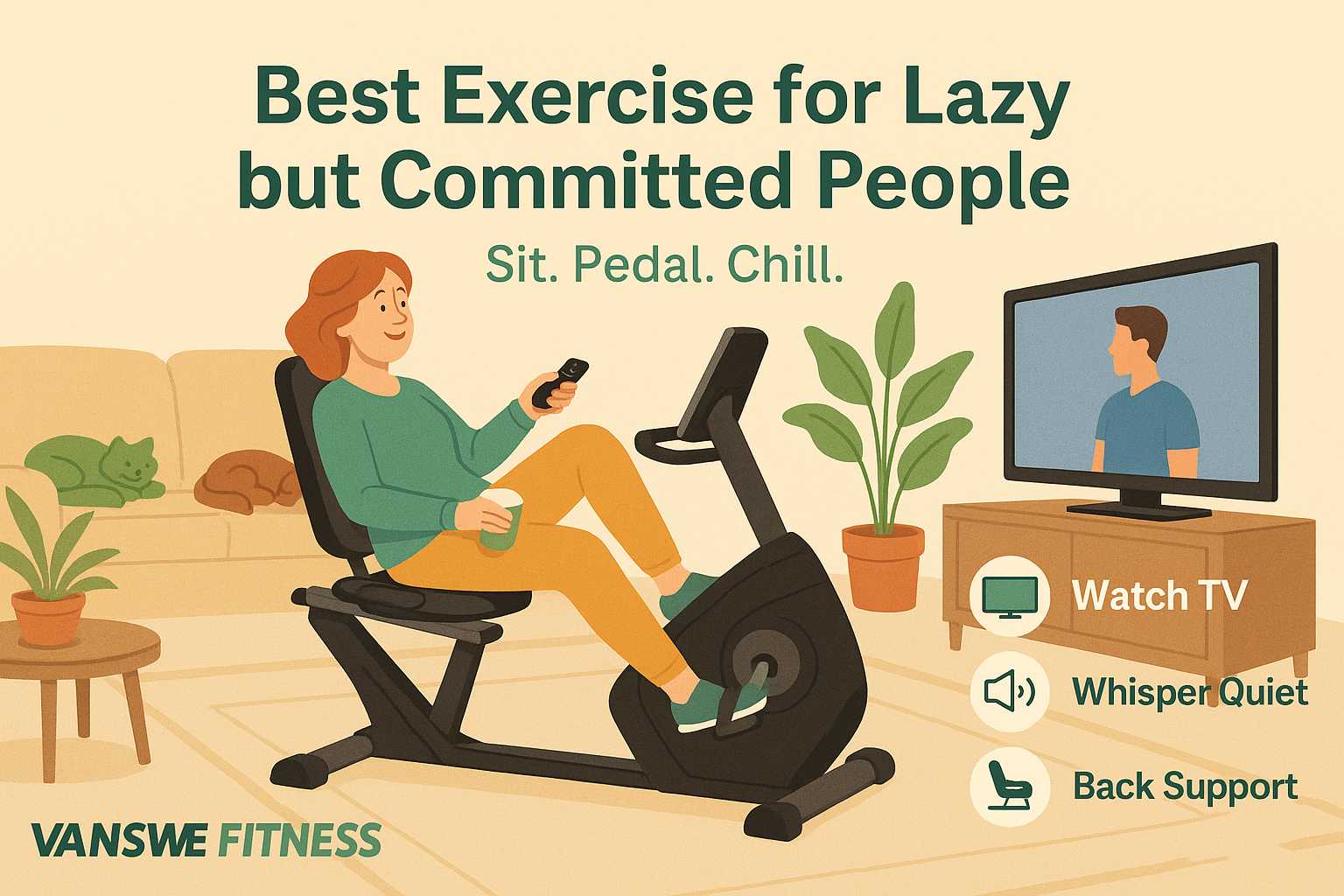When it comes to enhancing your home gym, selecting the right exercise bike can significantly impact your fitness experience. Among the most popular options are recumbent bikes and upright bikes, each offering unique benefits and features. Understanding the differences between these two types of stationary bikes is essential for making an informed decision that aligns with your fitness goals, comfort preferences, and physical capabilities.
Understanding the Basics of Exercise Bikes
What is a Recumbent Bike?
A recumbent bike is designed with a larger seat and a backrest, allowing users to sit in a reclined position. This ergonomic design provides excellent support for the back and promotes a more comfortable workout experience. The pedals are positioned in front of the rider, which changes the dynamics of the cycling motion, making it easier on the joints.
What is an Upright Bike?
In contrast, an upright bike resembles a traditional bicycle. Riders sit upright, with pedals located directly beneath them. This design engages the core and upper body more than a recumbent bike, providing a different workout experience. Upright bikes are often favored for their versatility, allowing users to simulate outdoor cycling more closely.
Key Differences Between Recumbent and Upright Bikes
Riding Position
The most noticeable difference between the two bike types is the riding position. Recumbent bikes allow for a relaxed, reclined posture, which can be beneficial for those with back pain or mobility issues. Upright bikes require a more active engagement of the core and upper body, which can enhance overall muscle activation but may be uncomfortable for some users.
Comfort and Support
Recumbent bikes are known for their comfort, thanks to their larger seats and back support. This design minimizes strain on the back and hips, making them an excellent choice for seniors or individuals recovering from injuries. On the other hand, upright bikes typically have smaller seats that may not provide the same level of comfort, especially during longer workouts.
Caloric Burn and Workout Intensity
When it comes to burning calories, upright bikes generally offer a more intense workout. The upright position engages more muscle groups, including the core and upper body, leading to higher energy expenditure. However, recumbent bikes can still provide effective cardiovascular workouts, especially if users increase resistance levels and pedal vigorously.
Pros and Cons of Recumbent Bikes
Advantages
- Comfortable Seating: The larger seat and backrest provide excellent support, making it easier to exercise for extended periods.
- Low Impact: The reclined position reduces stress on the joints, making it suitable for individuals with arthritis or other joint issues.
- Hands-Free Option: Users can read or use devices while exercising, enhancing multitasking capabilities.
Disadvantages
- Space Requirements: Recumbent bikes often have a larger footprint, requiring more space in your home gym.
- Limited Muscle Engagement: While they effectively target the lower body, they do not engage the upper body as much as upright bikes.
Pros and Cons of Upright Bikes
Advantages
- Higher Caloric Burn: The more intense workout can lead to greater calorie expenditure, making it ideal for weight loss.
- Versatility: Users can alternate between sitting and standing positions, adding variety to their workouts.
- Compact Design: Upright bikes typically take up less space, making them suitable for smaller home gyms.
Disadvantages
- Comfort Issues: The smaller seat may cause discomfort during longer sessions, particularly for those with back problems.
- Higher Injury Risk: The upright position may increase the risk of injury for beginners or those with pre-existing conditions.
Which Bike is Best for You?
For Seniors and Individuals with Mobility Issues
Recumbent bikes are often the preferred choice for seniors or those with mobility challenges. The supportive design allows for a safe and comfortable workout, reducing the risk of falls and injuries. Additionally, the low-impact nature of recumbent bikes makes them ideal for maintaining cardiovascular health without excessive strain.
For Fitness Enthusiasts and Athletes
If you are an athlete or a fitness enthusiast looking for a more intense workout, an upright bike may be the better option. The ability to engage more muscle groups and simulate outdoor cycling can enhance your training regimen. Furthermore, the versatility of upright bikes allows for various workout styles, including interval training.
For Beginners
Both bike types can be suitable for beginners, but the choice ultimately depends on personal comfort and fitness goals. If you prioritize comfort and ease of use, a recumbent bike may be the way to go. However, if you are eager to challenge yourself and build core strength, an upright bike could be more beneficial.
Tips for Maximizing Your Workout
Adjusting Resistance Levels
Regardless of the bike type, adjusting resistance levels can significantly impact your workout intensity. For recumbent bikes, increasing resistance can help build strength in the lower body. On upright bikes, varying resistance can simulate hill climbs and enhance cardiovascular fitness.
Incorporating Interval Training
Interval training is an effective way to boost calorie burn and improve cardiovascular fitness. Both recumbent and upright bikes can accommodate interval workouts, allowing users to alternate between high-intensity bursts and recovery periods.
Monitoring Your Progress
Using a bike with built-in metrics or connecting to fitness apps can help you track your progress. Monitoring metrics such as heart rate, distance, and calories burned can motivate you to stay consistent and achieve your fitness goals.
Conclusion
Choosing between a recumbent bike and an upright bike ultimately depends on your individual needs, preferences, and fitness goals. Recumbent bikes offer comfort and support, making them ideal for seniors and those with mobility issues. In contrast, upright bikes provide a more intense workout experience, engaging a wider range of muscle groups.
Regardless of your choice, both bike types can contribute to improved cardiovascular health and overall fitness. By understanding the unique features and benefits of each, you can make an informed decision that enhances your home gym experience and supports your journey toward better health.
Latest Articles







